A museum dedicated to showcasing only Ao dai (a traditional Vietnamese dress) through various periods and the process of making them has opened in Ho Chi Minh City’s District 9.
After many years nurturing a desire to building a museum to preserve and highlight the traditional dress of Vietnam which has existed for more than 300 years, designer Si Hoang’s dream comes true. The museum was built in his Long Thuan garden house which boasts old wooden architecture with the southern landscape of rice fields, bamboo bridges, lotus ponds and rivers.
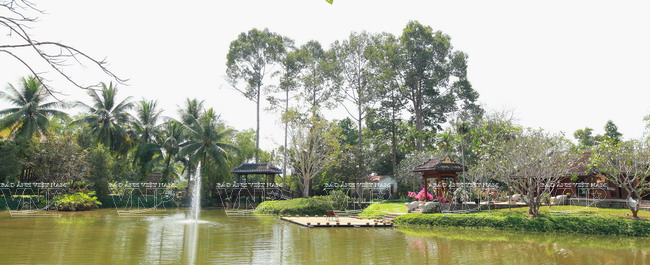
Part of Long Thuan garden house where
designer Si Hoang built the Ao dai Museum. Photo: Nguyen Luan/VNP
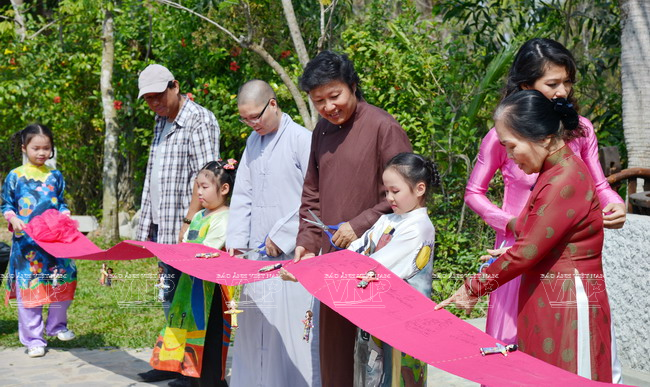
Designer Si Hoang and guests cut the ribbon at the opening ceremony of the museum. Photo: File
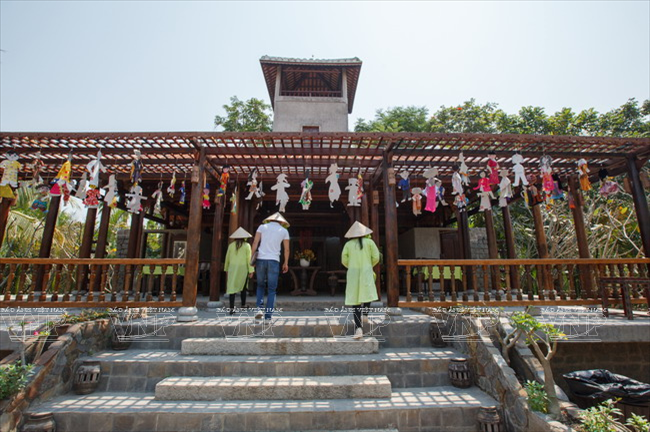
Paper Ao dai designs are exhibited outside the museum. Photo: Nguyen Luan/VNP
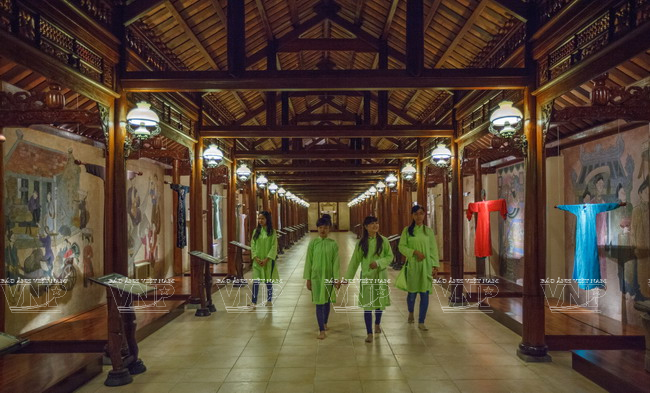
Inside the Ao dai Museum. Photo: Nguyen Luan/VNP
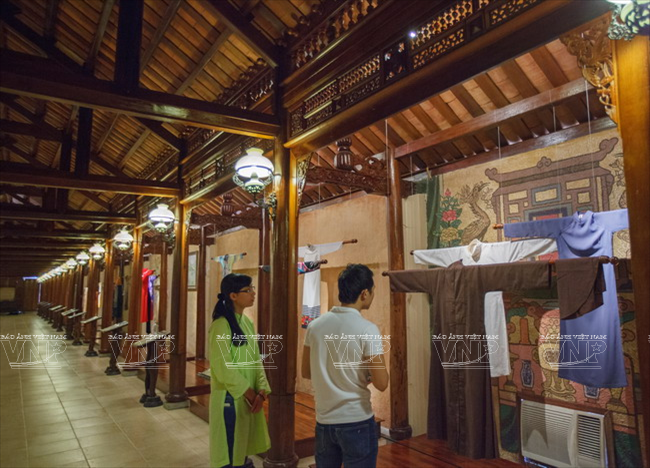
Learning about the history of Ao dai designs displayed at the museum. Photo: Nguyen Luan/VNP |
The museum showcases Ao dai of different periods in the 17th and the 18th centuries, and more than 60 Ao dai owned by the Nguyen (1802-1945) kings and royal families, and dresses belonging to People’s Armed Forces Heroine Nguyen Thi Dinh, former Vice President Nguyen Thi Binh, former diplomat Ton Nu Thi Ninh and People’s Artists Tra Giang and Bach Tuyet. Stories about these Ao dai and their owners are also featured. It also displays Si Hoang’s collections which won important prizes at international contests and more than 3,000 photos of the tunic. The museum also offers exhibitions of music, literature, cinema and art, which were inspired by the traditional costume.
Re-creation of the entirely handmade process and embroidery of the “haute couture” Ao dai will also be a highlight.
Visiting the museum, visitors can view hundreds of Ao dai which relate to the country’s history, and learn about the complicated process of creating a dress. They also can select an Ao dai to try on and pose for a photo.
“The traditional attire shows both aesthetic and moral values. It helps the wearers look more graceful and have better behavior. This dress is admired by people in countries worldwide, whereas, this country does not have its own museum. Therefore, I hope that my museum will not only preserve the Vietnamese dress culture but also further promote it in the world,” shared designer Si Hoang.
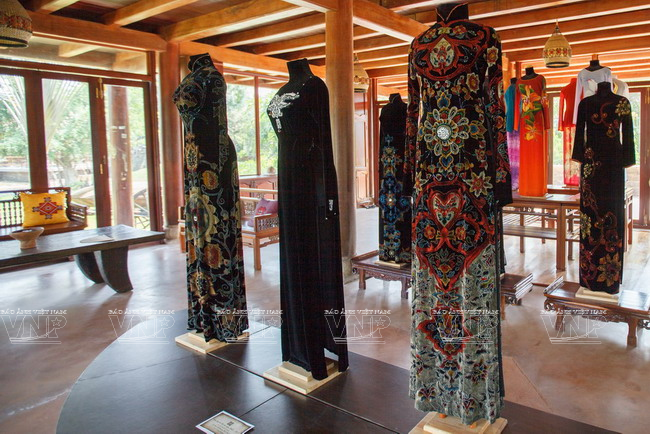
Some Ao dai designs by Si Hoang are also displayed at the museum. Photo: Nguyen Luan/VNP
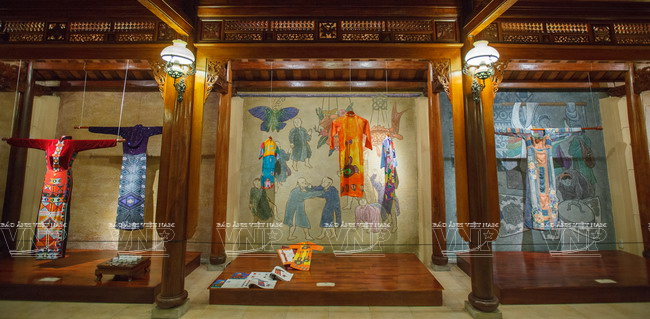
Traditional paintings are used as a backdrop to highlight Vietnamese Ao dai.
Photo: Nguyen Luan/VNP
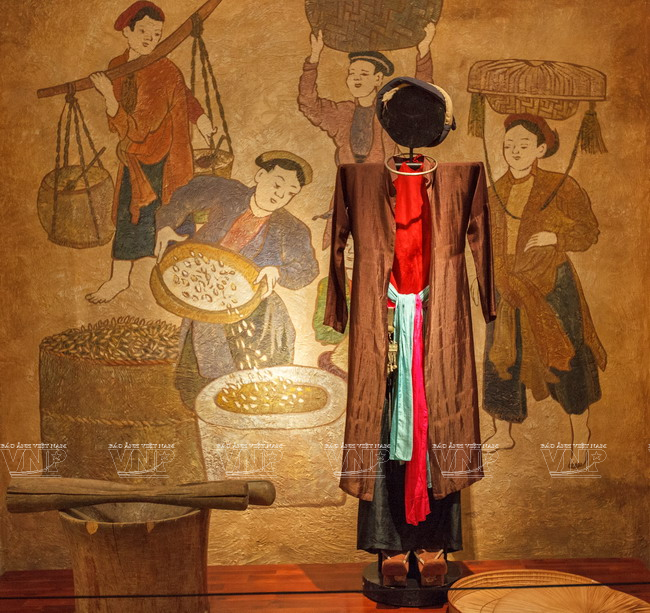
Ao tu than (four-flapped dress), a predecessor of Ao dai. Photo: Nguyen Luan/VNP
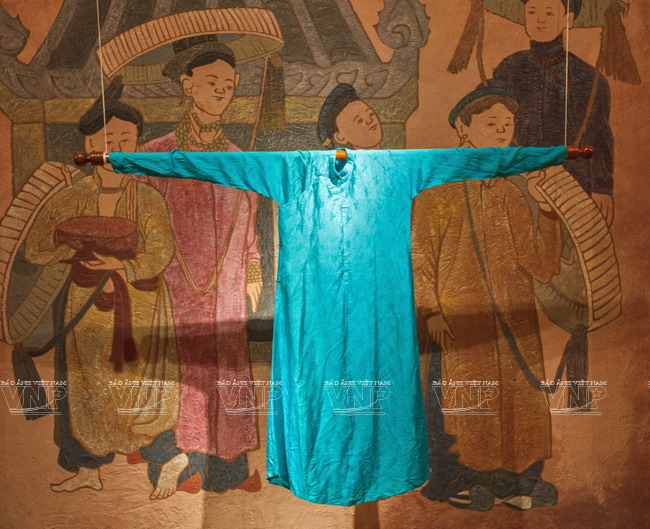
A corner displaying the 19th century’s five-paneled Ao dai. Photo: Nguyen Luan/VNP
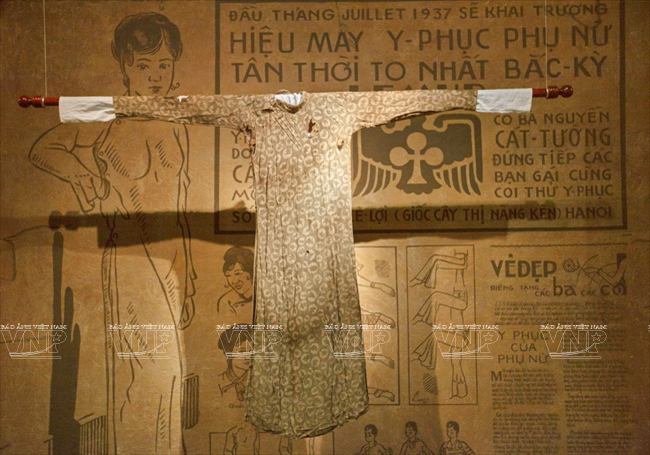
A corner showcasing “Ao dai tan thoi” (trendy Ao dai) made in 1973. Photo: Nguyen Luan/VNP
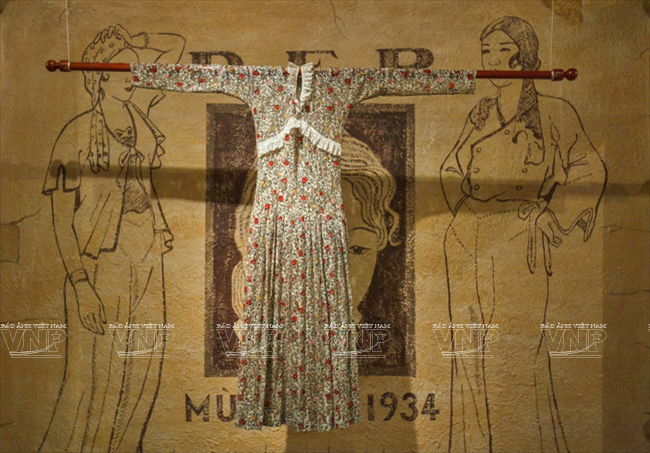
An Ao dai design made in 2014. Photo: Nguyen Luan/VNP
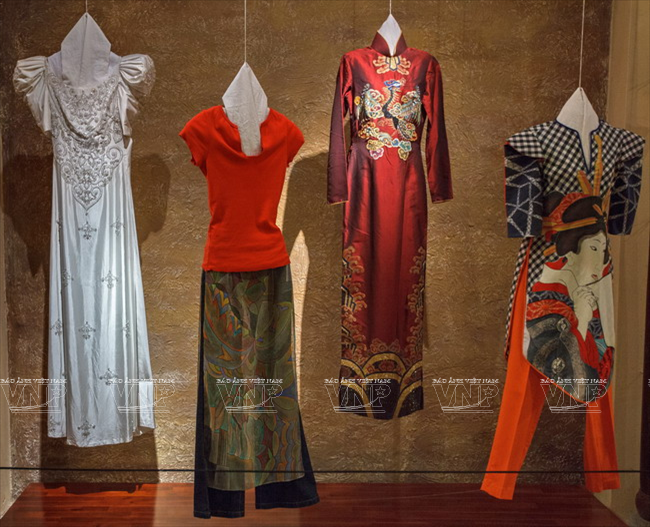
Ao dai designs made in 2011. Photo: Nguyen Luan/VNP
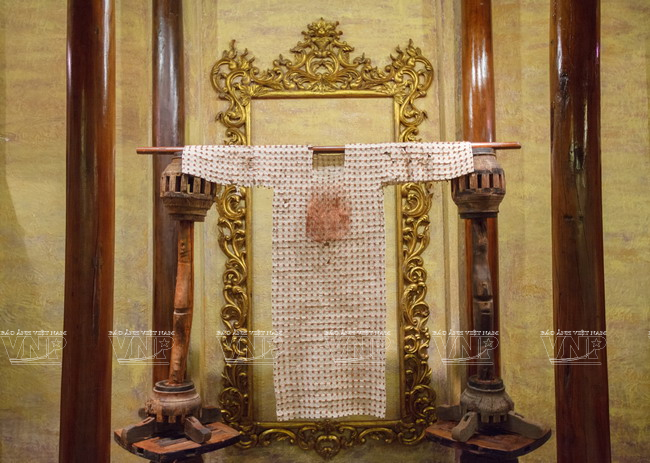
An Ao dai design made from ceramic pieces exhibited at the museum. Photo: Nguyen Luan/VNP
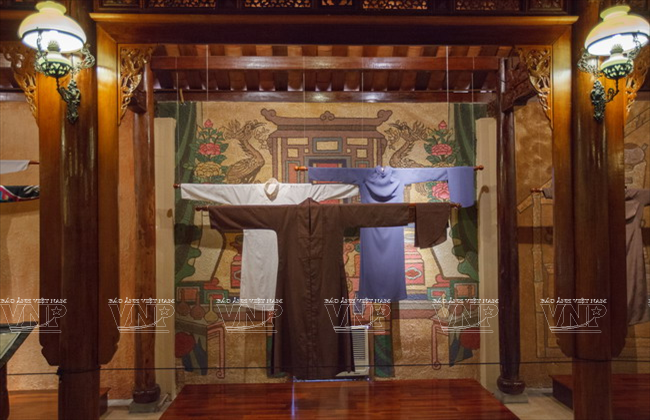
Ao dai designs worn by followers of Cao Dai, Buddhism, and Christianity. Photo: Nguyen Luan/VNP
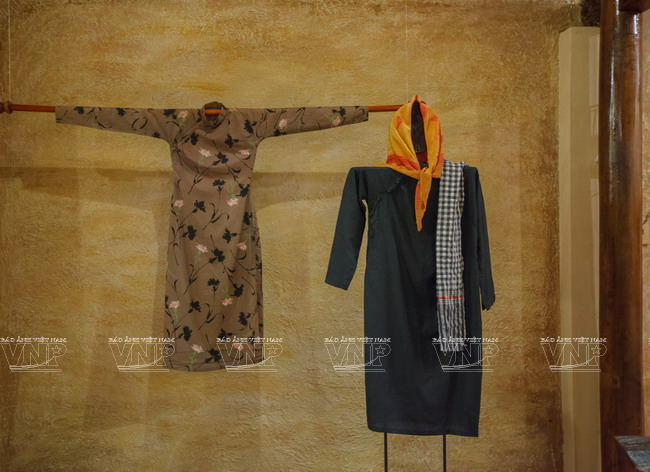
People’s Artist Bay Nam’s Ao dai. Photo: Nguyen Luan/VNP
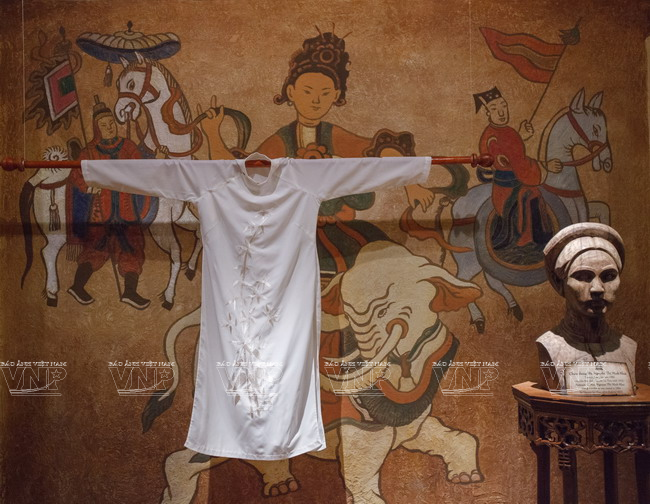
People’s Armed Forces Heroine Nguyen Thi Dinh’s Ao dai made in 1980. Photo: Nguyen Luan/VNP
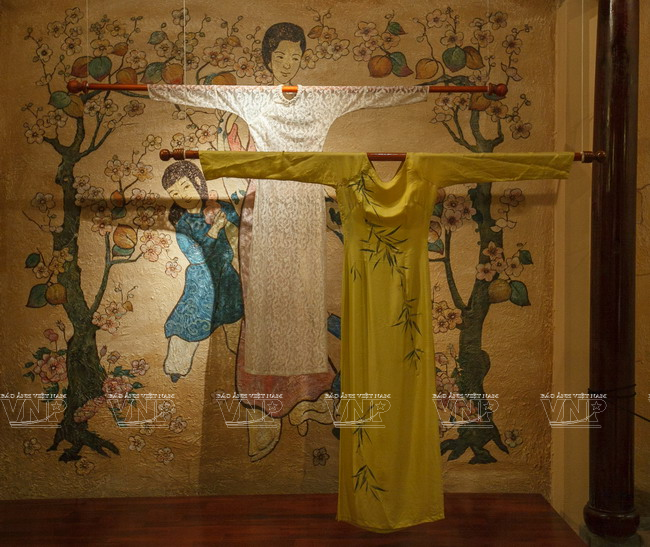
Open-necked Ao dai made in 1958. Photo: Nguyen Luan/VNP
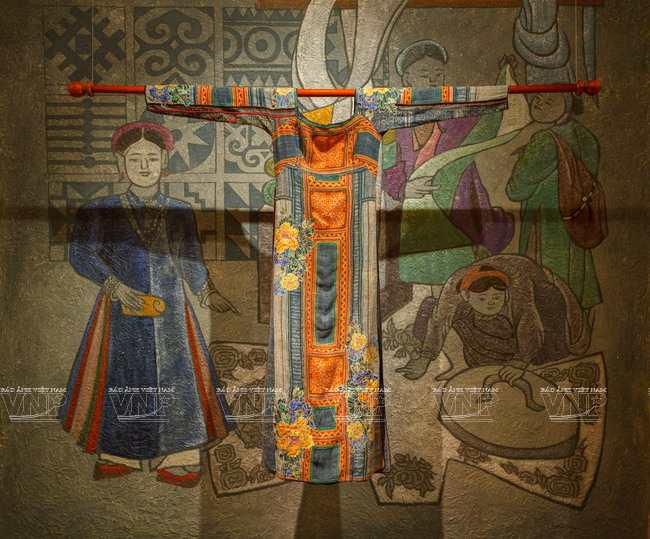
Brocaded Ao dai designed by Minh Hanh in 1990. Photo: Nguyen Luan/VNP
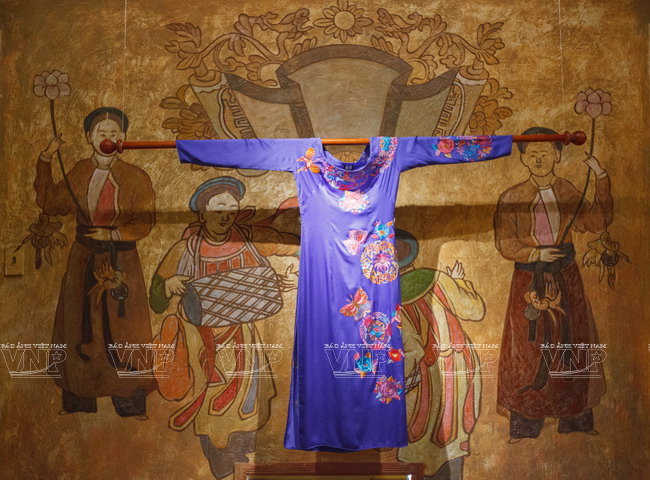
Dance artist Vuong Linh’s Ao dai made in 2008. Photo: Nguyen Luan/VNP |
Story: Nguyen Oanh
Photos: Nguyen Luan & Files